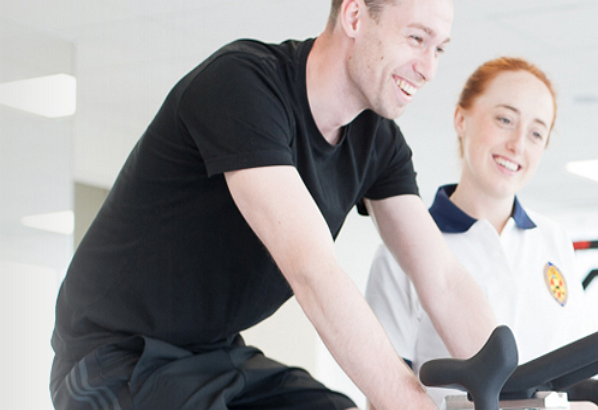Physiotherapy is the most essential rehabilitation software that can remove or considerably decrease physical soreness and irritation without having the need for invasive medication, treatment or surgical procedure. It is an crucial component of publish surgical treatment, specifically in orthopedics. Physiotherapy is vital for stroke rehabilitation. It has also been located effective for people suffering from other neurological disorders like Parkinson's Condition and degenerative disorders like diabetes and osteoarthritis. By way of a collection of health and fitness applications and workout routines to tone our balance, posture and movement, we are in a position to speed up the therapeutic approach. 1 of the crucial locations of physiotherapy is upper body treatment which addresses folks affected with breathing and respiratory difficulties.

Chest therapy is a remedy that improves respiratory and boosts the performing of our respiratory system. It is carried out to expand the chest locations for effortless, controlled respiratory and remove secretions from the lungs indirectly, that hinder the process of respiration. People who suffer from respiratory problems, long-term obstructive pulmonary ailment, pneumonia and many others can gain from this kind of therapy. Postural drainage, chest percussion, deep respiration, coughing, chest vibration and upper body mobility workout routines are some of the methods which are a element of the chest physiotherapy.
Chest mobility exercise routines, as an crucial element of upper body physiotherapy, are exercise routines that use lively moments of the torso and the extremities with deep respiratory. This is completed to boost the mobility of the shoulders and upper body wall trunk in get to aid effortless respiration. It has been seen in some cases, that a man or woman with rigidity or stiffness of the trunk muscle groups on a single facet of the physique is not able to broaden that region of chest optimally in the course of respiration. Chest physiotherapy workout routines that will stretch these muscle tissues with deep respiratory can boost the passage of air, major to improved air flow on that element of the chest.
What a physiotherapist demands to do in this scenario is to enhance on managed expiration. A single of the ways to do this is by creating the affected person direct ahead at the hip spot or flexing the spine during the procedure of expiration (breathing out). This motion thrusts the viscera efficiently into the diaphragm, which facilitates effortless expiration.
Listed here are physiotherapy workout routines for the upper body cavity:
To mobilize the upper part of the upper body and stretch the pectorals: Make the individual sit on a chair with fingers entwined behind the head Allow the arms be pulled horizontally, so that pectoralis muscles are elongated, and ask the man or woman to inhale deeply.
To mobilize the upper chest and shoulders: With the patient seated on a chair, make him or her lengthen equally arms overhead to one hundred eighty levels bilaterally, in the course of inhalation. Soon after this, have the particular person bend forward at the hips and try to contact the ground during exhalation.
To mobilize 1 facet of the upper body: Even though the individual is seated on the chair, question him or her to lean away from the taut side to alleviate the stiffness and grow that region of the upper body for the duration of inhalation. Have the client push his or her fist into the lateral area of the chest, whilst bending toward the tight facet, and breathe out. Have private health insurance physio in London increase the arm, near the correct aspect of the upper body, above the head and ask him or her to bend absent from this taut side. This will extend the rigid tissues of the chest, and permit that area to expand far better.
To improve expiration or exhaling through deep respiratory: Request the individual to flex the hips and knees a bit and breathe in. Then make him or her pull equally the knees to the chest spot, one at a time, although respiration out. This pushes the stomach spot into the diaphragm and results in much better expiration.
